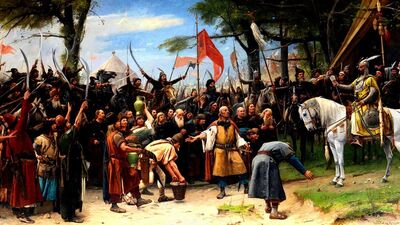„When and how did you come up with the idea for Muck Rack?
We created the Shorty Awards in December 2008 to help people find the best content creators on Twitter and social media, and within 24 hours of launch »Shorty Awards« became the top trending topic on Twitter despite having no marketing or PR budget. Not only was the social media traffic impressive, but we were overwhelmed by the amount of interest journalists had in the Shorty Awards despite Twitter’s relatively small size at the time: the Shortys were covered by the New York Times, Wall Street Journalist, CNN, BBC and many others. So many journalists attended that our press room ran out of food and booze. Thankfully soon after the Shorty Awards took off, The Knight Foundation gave us a grant to help grow it.
After the Shorty Awards, we noticed many people were still questioning the credibility of Twitter – incredulously labeling it “user generated content”. As a response, in April 2009, we launched Muck Rack to verify journalists on Twitter and analyze what they tweet about. We asked the question: If you trust what journalist write in the print in the New York Times, why shouldn’t you also trust what those same people tweet? We also offer a glimpse into tomorrow’s newspaper today by showing you what stories journalists are working on. (...)
How has Muck Rack been embraced by the journalism community? What does your user base look like?
Muck Rack has been tremendously well received by journalists. Over 5,000 journalists have requested to be listed, and dozens of top media organizations have requested we list all of their journalists on Muck Rack. Many journalism professors have now integrated Muck Rack into their curriculum.”





















